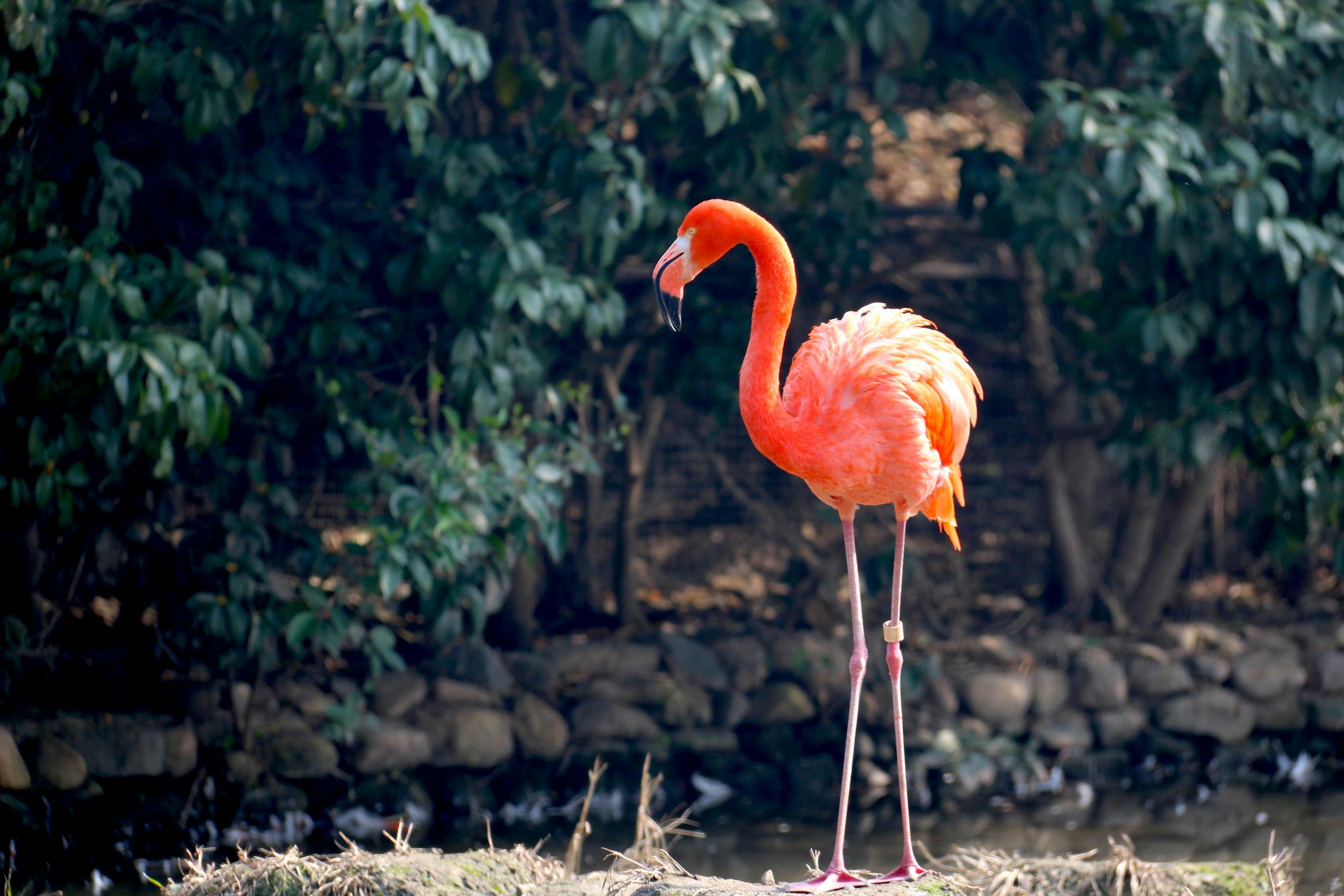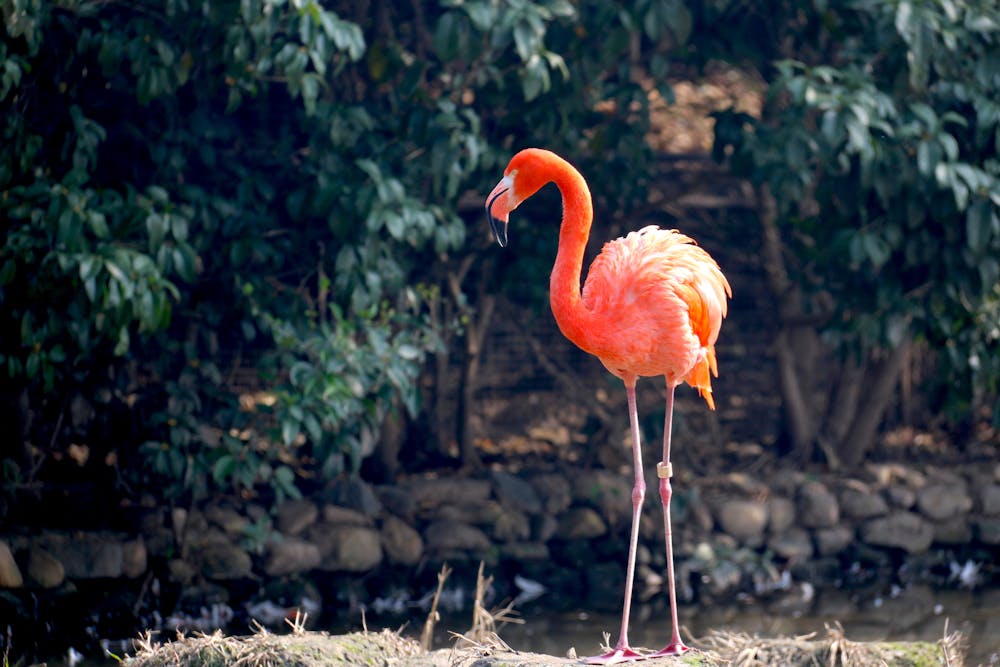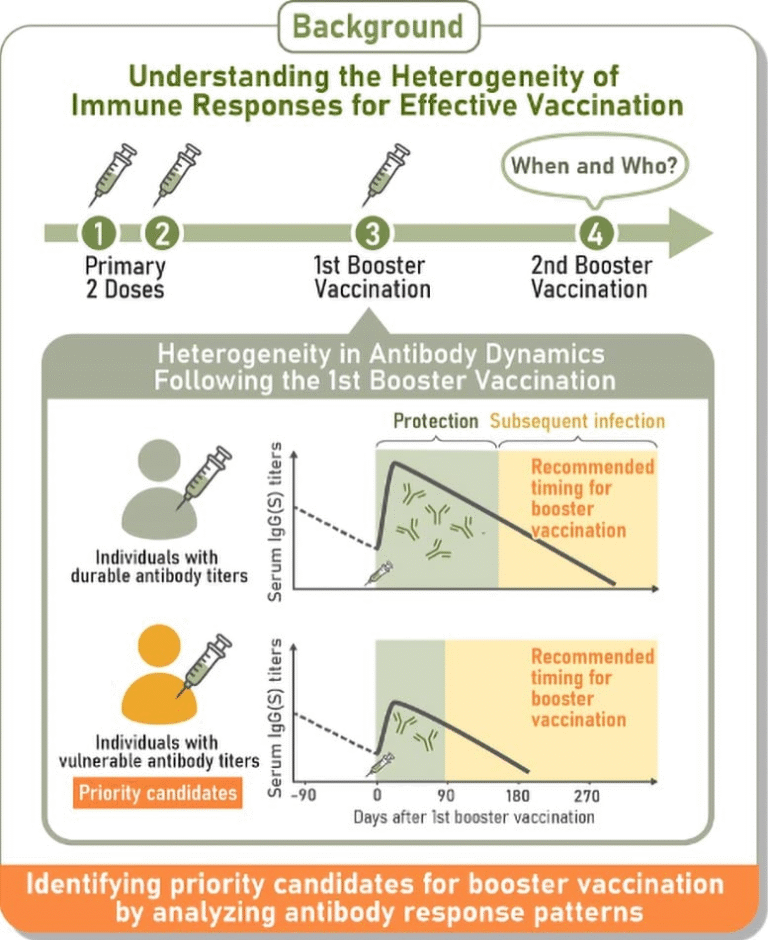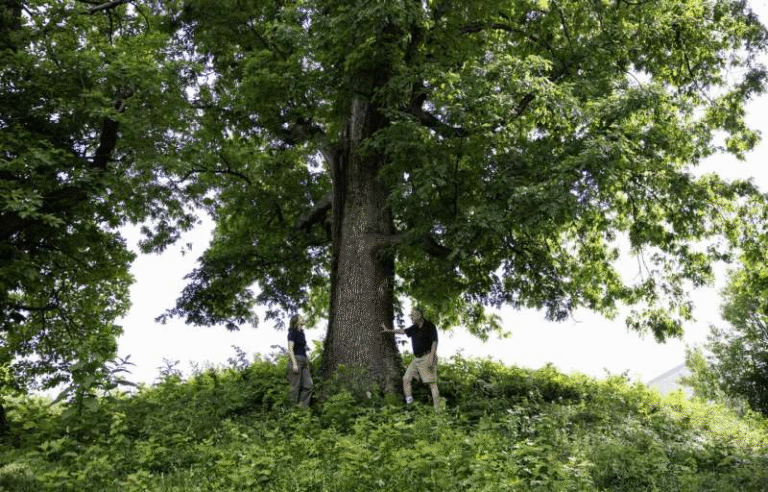Flamingos and the Fascinating Link Between Migration and Aging


When you picture a flamingo, chances are you imagine those graceful pink birds balancing elegantly on one leg. But what if I told you that these birds might also hold secrets about how we age?
A new study suggests that whether a flamingo chooses to stay put or migrate across the Mediterranean could play a surprising role in how quickly it grows old.
The Big Question: Can Migration Slow Aging?
Aging is something every living creature experiences, yet the rate of decline isn’t the same for all. Scientists have long been intrigued by why some individuals wear out faster than others.
To dig deeper into this mystery, researchers looked at the greater flamingo (Phoenicopterus roseus) in the Camargue wetlands of southern France.
Thanks to a remarkable 40-year monitoring program run by the Tour du Valat research institute, scientists had a treasure trove of data to work with.
And what they found was both surprising and thought-provoking: migrating flamingos age more slowly than those that stay home.
Residents vs. Migrants: Two Different Life Strategies
Within the flamingo population, there are two groups:
- Residents: These birds spend their entire lives in the Camargue, enjoying the safety and food-rich lagoons.
- Migrants: These adventurous flamingos take seasonal journeys to places like Italy, Spain, or North Africa.
At first glance, the residents seem to have the better deal. They enjoy higher survival and reproduction rates in their younger years compared to their migratory cousins. But as time goes on, the story changes dramatically.
Residents experience sharper declines with age.
Their mortality risk rises sooner, and their ability to reproduce falls off more quickly. In fact, they age about 40% faster than the migrants. On average, the aging process sets in earlier for residents—around 20.4 years old—while migrants reach this stage at about 21.9 years.
The Cost of Youthful Success
Why the difference? Researchers suggest it’s all about trade-offs.
- Residents: They live life fast and reap early rewards, but pay for it later with accelerated aging.
- Migrants: They face higher risks and lower reproduction early on, but if they survive those tough years, they’re rewarded with slower aging and better odds in later life.
As Sébastien Roques, a researcher involved in the study, puts it: “Residents live intensely at first, but pay for this pace later on. Migrants, on the other hand, seem to age more slowly.”
A Rare Long-Term Window Into Aging
One of the most impressive aspects of this study is its scale. It all started back in 1977, when scientists began tagging flamingos with unique rings that could be read from a distance. Decades later, some of those very same birds are still alive and being observed!
This level of long-term data collection is incredibly rare in the animal kingdom. Without it, these insights into how lifestyle decisions shape aging would have been impossible to uncover.
More Than Just Pretty Birds
Flamingos live surprisingly long lives—some reach over 50 years old—making them an excellent species for studying aging.
They’ve now become a fascinating example of how behavior and environment influence the pace of decline within the same species.
But the implications don’t stop with flamingos. This discovery is part of a bigger scientific effort to understand senescence, the biological process of aging. As Hugo Cayuela, a researcher at the University of Oxford, explains, we used to think that differences in aging rates were mostly between species.
Now we know that even individuals within the same species can age differently, influenced by genetics, lifestyle, and environment.
What This Means for Us
While we humans don’t migrate seasonally like flamingos, this research sparks curiosity about how our own choices might affect aging. Could our lifestyles—whether sedentary or adventurous, stressful or balanced—be shaping not just how we live, but how we age?
By continuing to study animals like flamingos, scientists hope to peel back the layers of one of life’s greatest mysteries: why and how we age. And who knows? Maybe one day, these pink, long-legged birds will help unlock secrets that let us live healthier, longer lives.





